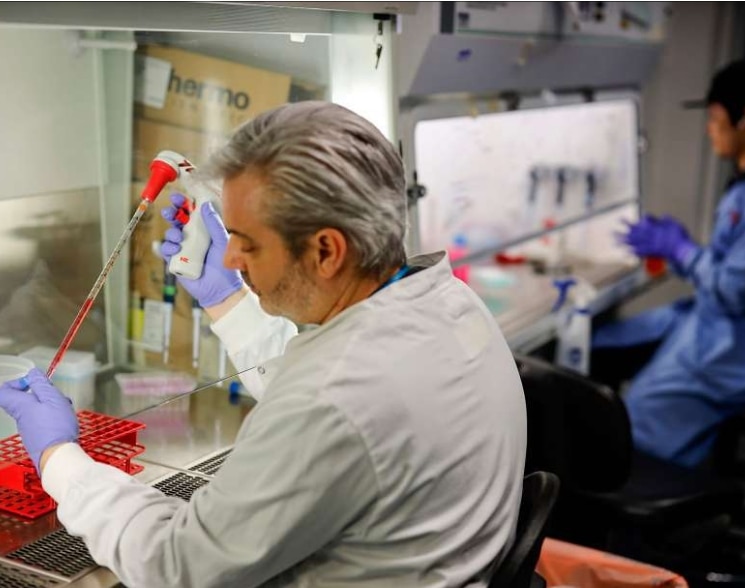
When the first coronavirus cases in Chicago appeared in January, they bore the same genetic signatures as a germ that emerged in China weeks before.
But as Egon Ozer, an infectious-disease specialist at the Northwestern University Feinberg School of Medicine, examined the genetic structure of virus samples from local patients, he noticed something different.
A change in the virus was appearing again and again. This mutation, associated with outbreaks in Europe and New York, eventually took over the city. By May, it was found in 95% of all the genomes Ozer sequenced.
At a glance, the mutation seemed trivial. About 1,300 amino acids serve as building blocks for a protein on the surface of the virus. In the mutant virus, the genetic instructions for just one of those amino acids – number 614 – switched in the new variant from a “D” (shorthand for aspartic acid) to a “G” (short for glycine).
But the location was significant, because the switch occurred in the part of the genome that codes for the all-important “spike protein” – the protruding structure that gives the coronavirus its crownlike […]










